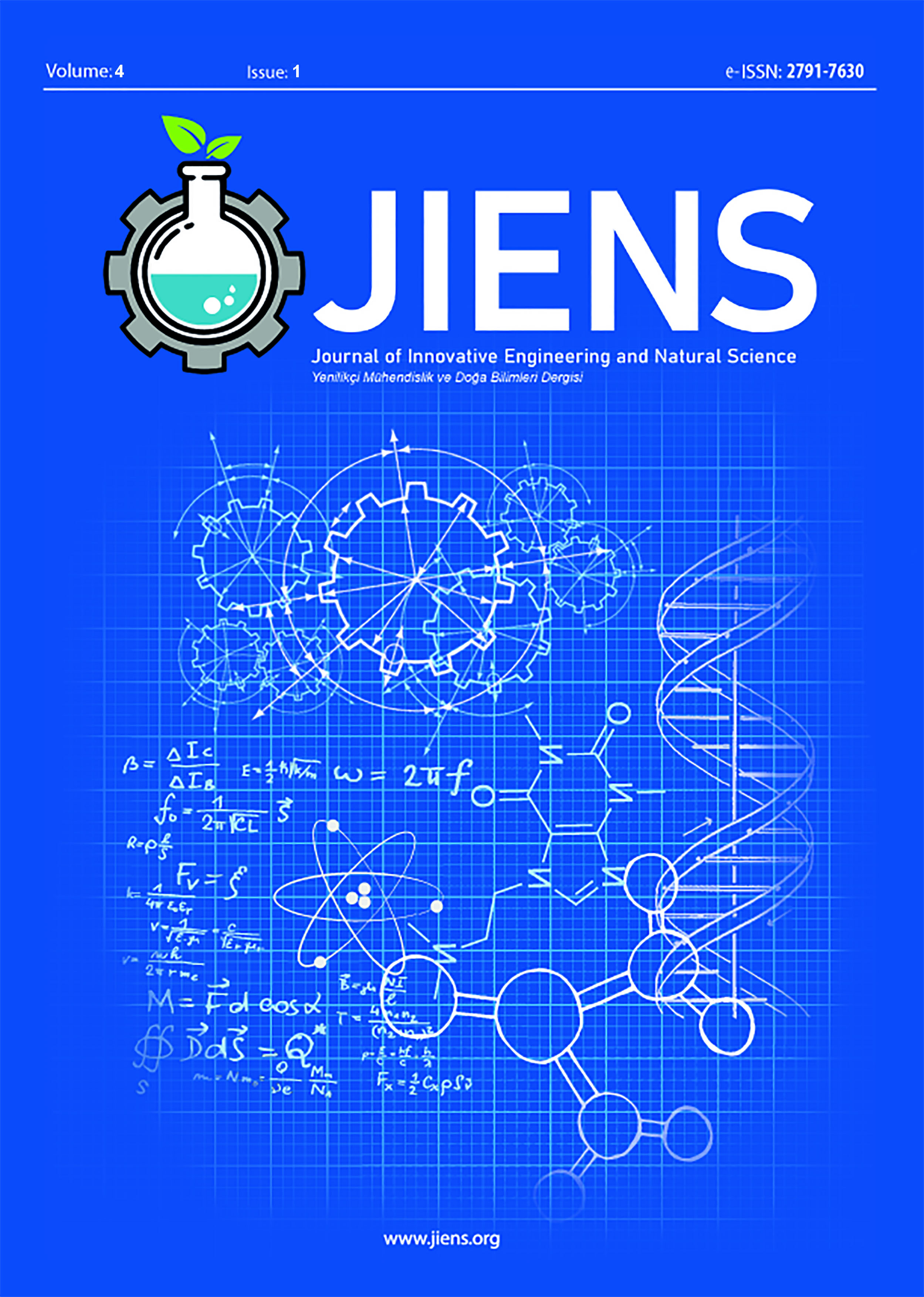Carbon nanotube reinforced LDPE/SAN thermoplastic nanocomposites: thermo-mechanical and electromagnetic interference shielding properties
Author :
Abstract
A prevalent area of research is the development of structural polymer composites with diverse functions. An ingenious material solution is two-phased nanocomposites with distinctive structural and electrical characteristics. This study produced a nanocomposite structure with carbon nanotube-reinforced low-density polyethylene (LDPE) and styrene acrylonitrile (SAN) as a thermoplastic matrix. The injection molding method was used in the production of nanocomposites. Thermo-dynamic and electromagnetic shielding properties of the nanocomposites were investigated. As the LDPE/MWCNT ratio added to pure SAN increased, the storage modulus decreased as expected, and the storage modulus for the MB50 sample was determined as 1.24 GPa with a 50% decrease. The percolation threshold for the two-phase thermoplastic composite was obtained for the MB50 sample containing 10 wt% carbon nanotubes. In addition, the MB75 sample containing 15 wt% carbon nanotubes reached an EMSE value of 37 dB.
Keywords
Abstract
A prevalent area of research is the development of structural polymer composites with diverse functions. An ingenious material solution is two-phased nanocomposites with distinctive structural and electrical characteristics. This study produced a nanocomposite structure with carbon nanotube-reinforced low-density polyethylene (LDPE) and styrene acrylonitrile (SAN) as a thermoplastic matrix. The injection molding method was used in the production of nanocomposites. Thermo-dynamic and electromagnetic shielding properties of the nanocomposites were investigated. As the LDPE/MWCNT ratio added to pure SAN increased, the storage modulus decreased as expected, and the storage modulus for the MB50 sample was determined as 1.24 GPa with a 50% decrease. The percolation threshold for the two-phase thermoplastic composite was obtained for the MB50 sample containing 10 wt% carbon nanotubes. In addition, the MB75 sample containing 15 wt% carbon nanotubes reached an EMSE value of 37 dB.





